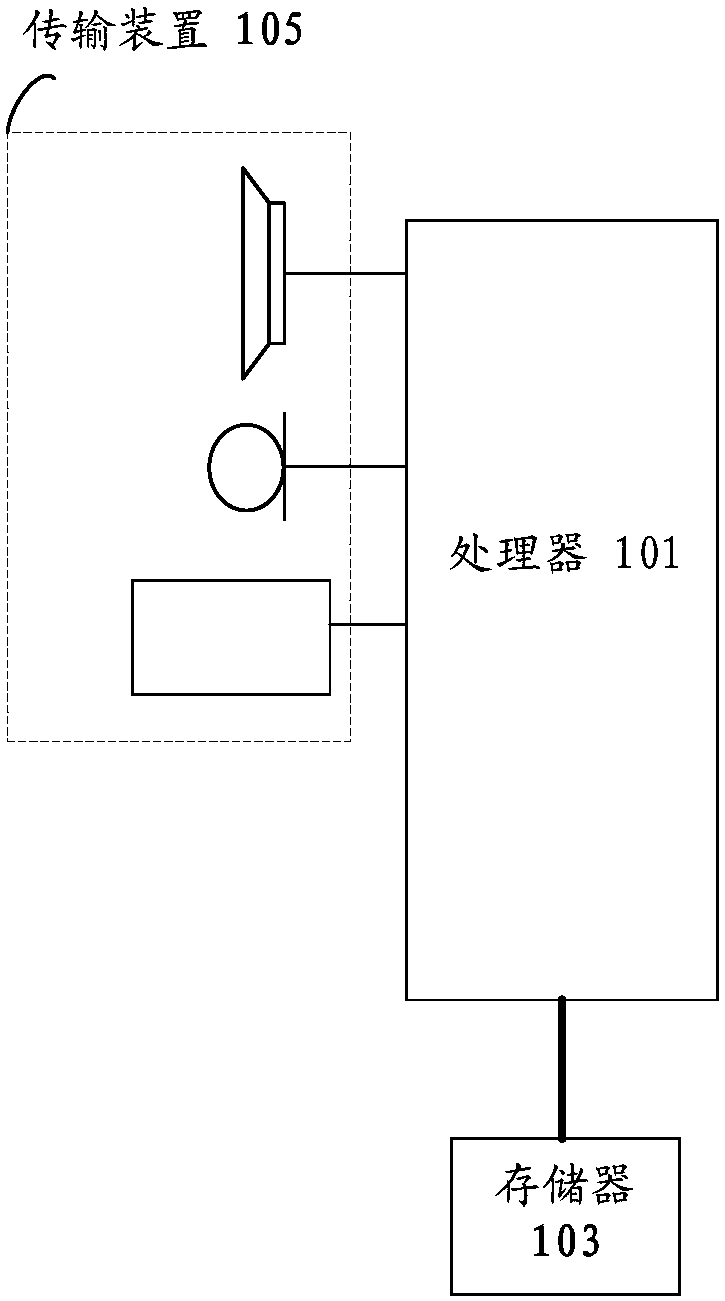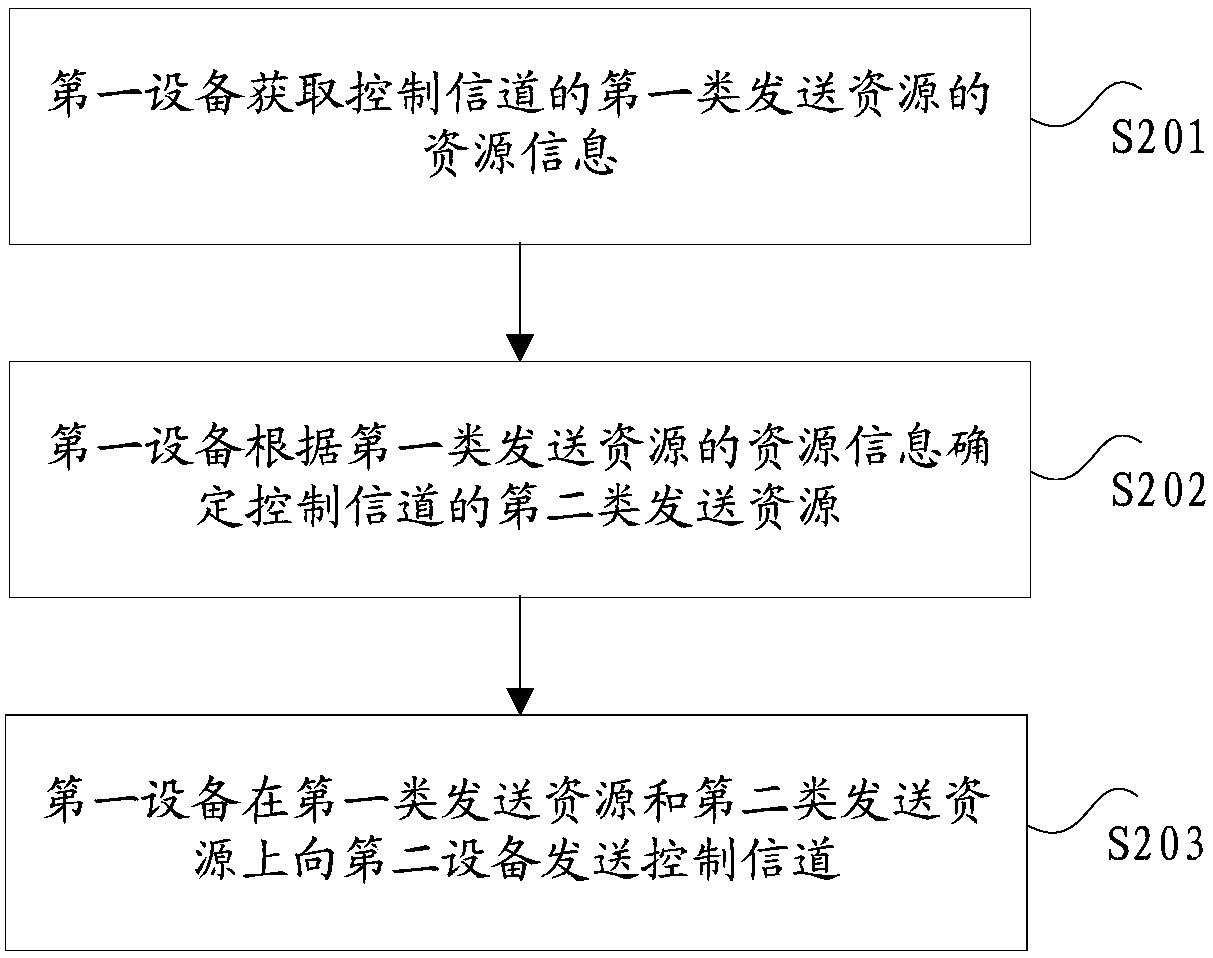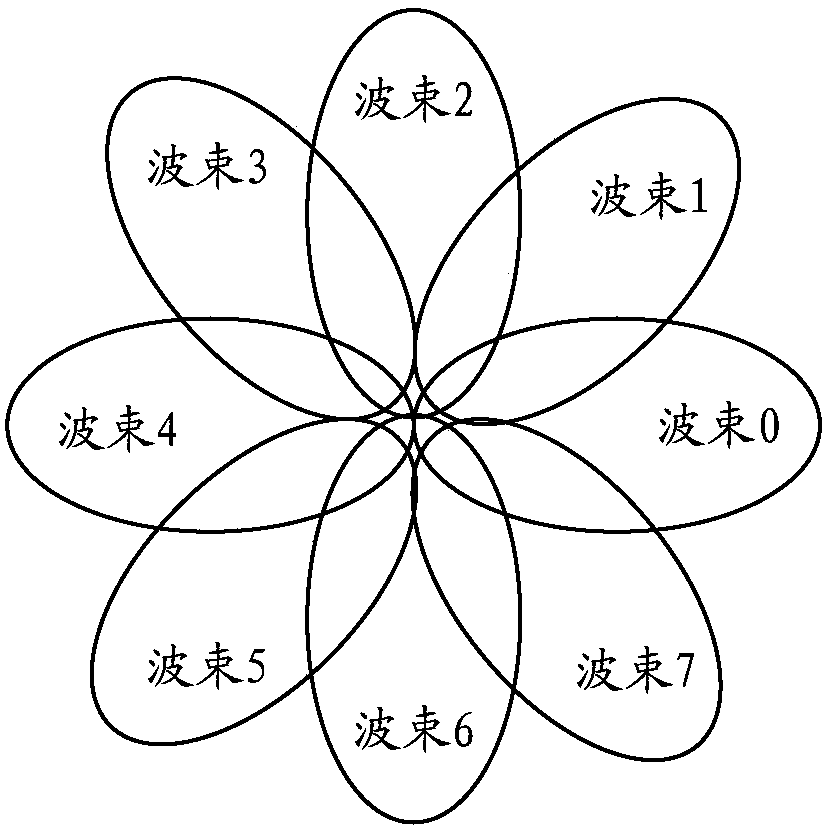Control channel sending method and device, receiving method and device
A technology of control channel and transmission method, applied in the field of receiving method and device, control channel transmission method and device, capable of solving problems such as low transmission efficiency of control channel
- Summary
- Abstract
- Description
- Claims
- Application Information
AI Technical Summary
Problems solved by technology
Method used
Image
Examples
Embodiment 1
[0080] The method embodiment provided in Embodiment 1 of the present application may be executed in a mobile terminal, a computer terminal, or a similar computing device. Take running on a computer terminal as an example, such as figure 1As shown, the computer terminal may include one or more (only one is shown in the figure) processors 101 (the processors 101 may include but not limited to processing devices such as microprocessor MCU or programmable logic device FPGA, etc.), for storing Data storage 103, and transmission means 105 for communication functions. Those of ordinary skill in the art can understand that, figure 1 The shown structure is only for illustration, and it does not limit the structure of the above-mentioned electronic device.
[0081] The memory 103 can be used to store software programs and modules of application software, such as program instructions / modules corresponding to the control method of the device in the embodiment of the present invention, a...
Embodiment approach 1
[0112] Each transmit beam is respectively bound to a control channel time-frequency resource.
[0113] Such as image 3 and Figure 4 (including Figure 4a , Figure 4b as well as Figure 4c ), assuming that the base station has a total of 8 transmit beams (respectively beam 0 to beam 7) that can be used to transmit control channels, and the number or beam identity (Beam identity, referred to as Beam ID or beam ID) of the i-th transmit beam is i , where i is an integer less than 8.
[0114] The base station reserves N time-frequency resources for downlink control channel transmission, where the value of N is equal to the number of transmit beams that can be used to transmit downlink control channels, that is, N=8, 8 transmit beams and 8 downlink control channel time-frequency resources There is a one-to-one correspondence between them. The corresponding relationship is predefined (that is, pre-agreed by the base station and the terminal), or notified to the terminal by the...
Embodiment approach 2
[0123] Multiple transmit beams are bound to a common control channel time-frequency resource.
[0124] Figure 5 (including Figure 5a , Figure 5b as well as Figure 5c ), assuming that the base station has a total of M transmit beams that can be used to transmit the downlink control channel, where the i-th transmit beam change or beam identity (beam ID, referred to as Beam ID or beam ID) is i, and i is an integer less than M .
[0125] The base station reserves N downlink control channel resources for downlink control channel transmission, where the value of N is smaller than the number of transmission beams that can be used to transmit the downlink control channel, that is, N Figure 5a , Figure 5b , Figure 5c Schematic diagrams of the corresponding relationship between the transmission beams (Beam0 to Beam15) of the base station and the transmission resources (resource 0 to resource 3) of the downlink control channel in the case of M=16 and N=4 are given respectively. ...
PUM
 Login to View More
Login to View More Abstract
Description
Claims
Application Information
 Login to View More
Login to View More - R&D
- Intellectual Property
- Life Sciences
- Materials
- Tech Scout
- Unparalleled Data Quality
- Higher Quality Content
- 60% Fewer Hallucinations
Browse by: Latest US Patents, China's latest patents, Technical Efficacy Thesaurus, Application Domain, Technology Topic, Popular Technical Reports.
© 2025 PatSnap. All rights reserved.Legal|Privacy policy|Modern Slavery Act Transparency Statement|Sitemap|About US| Contact US: help@patsnap.com



